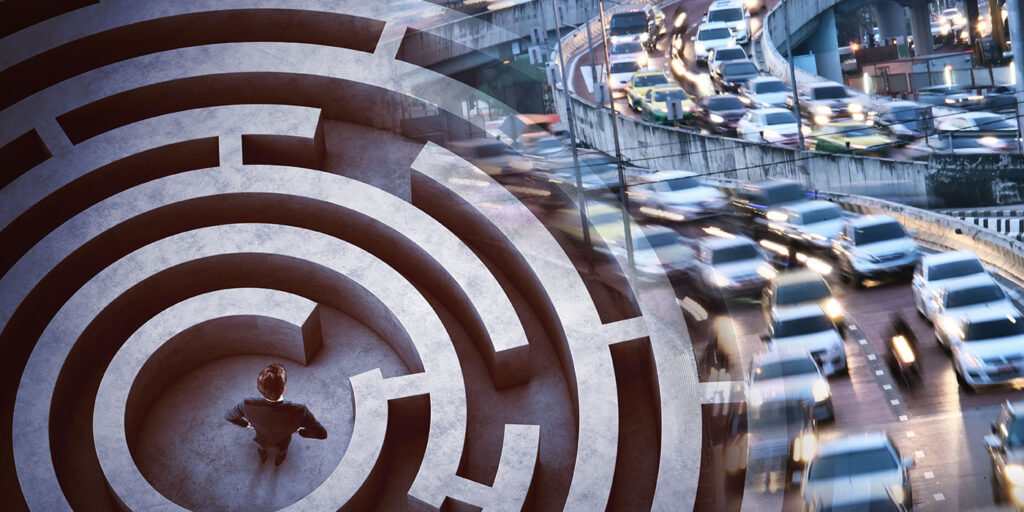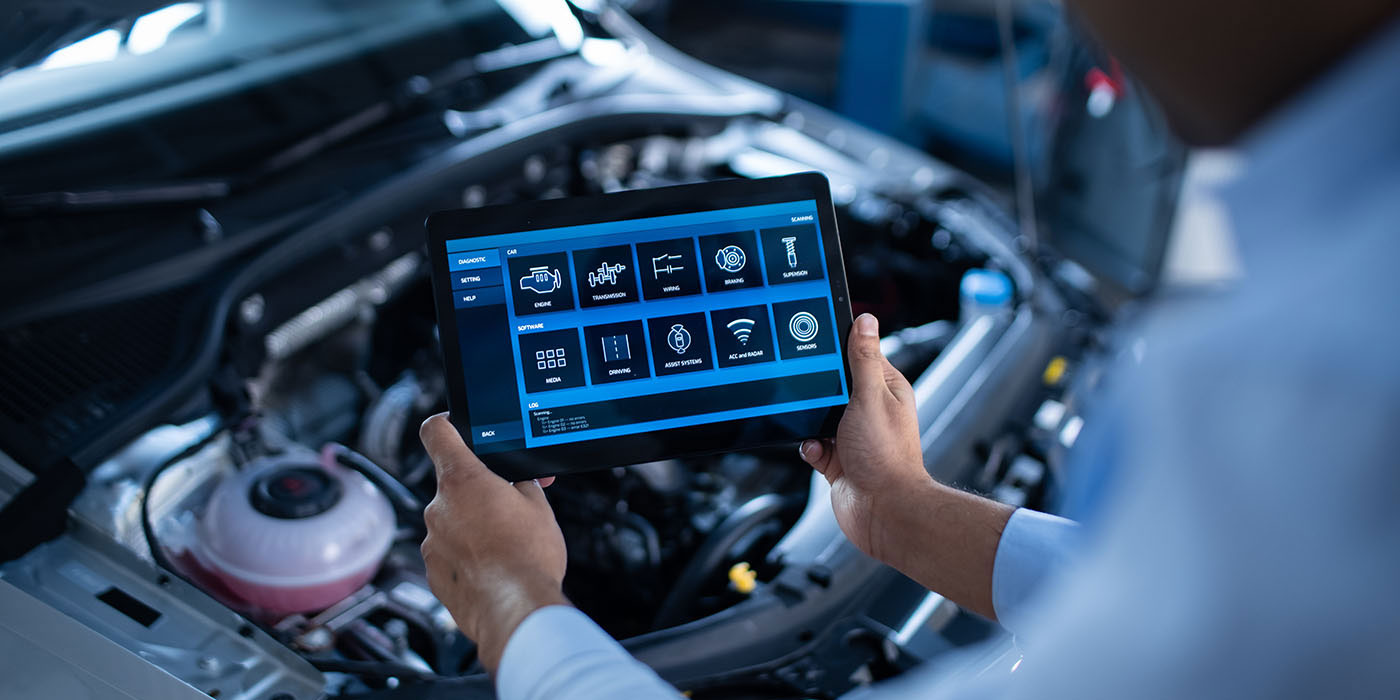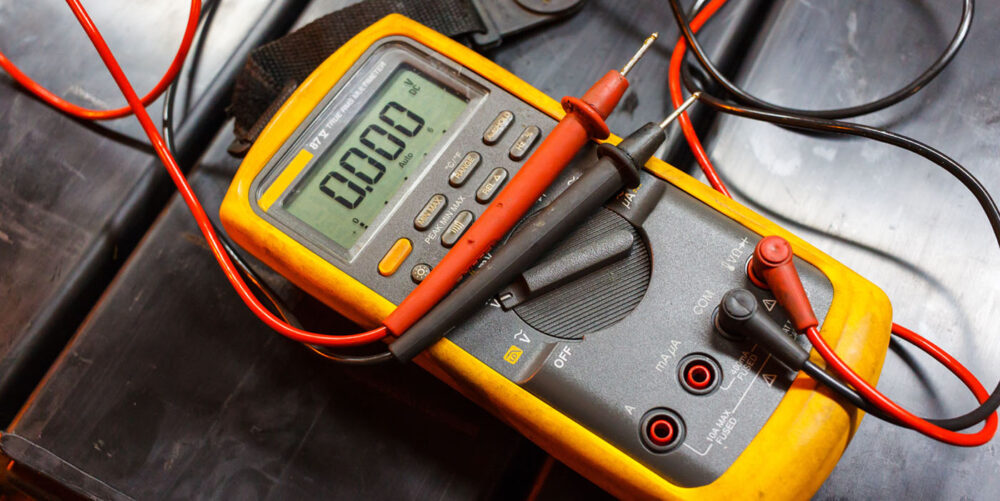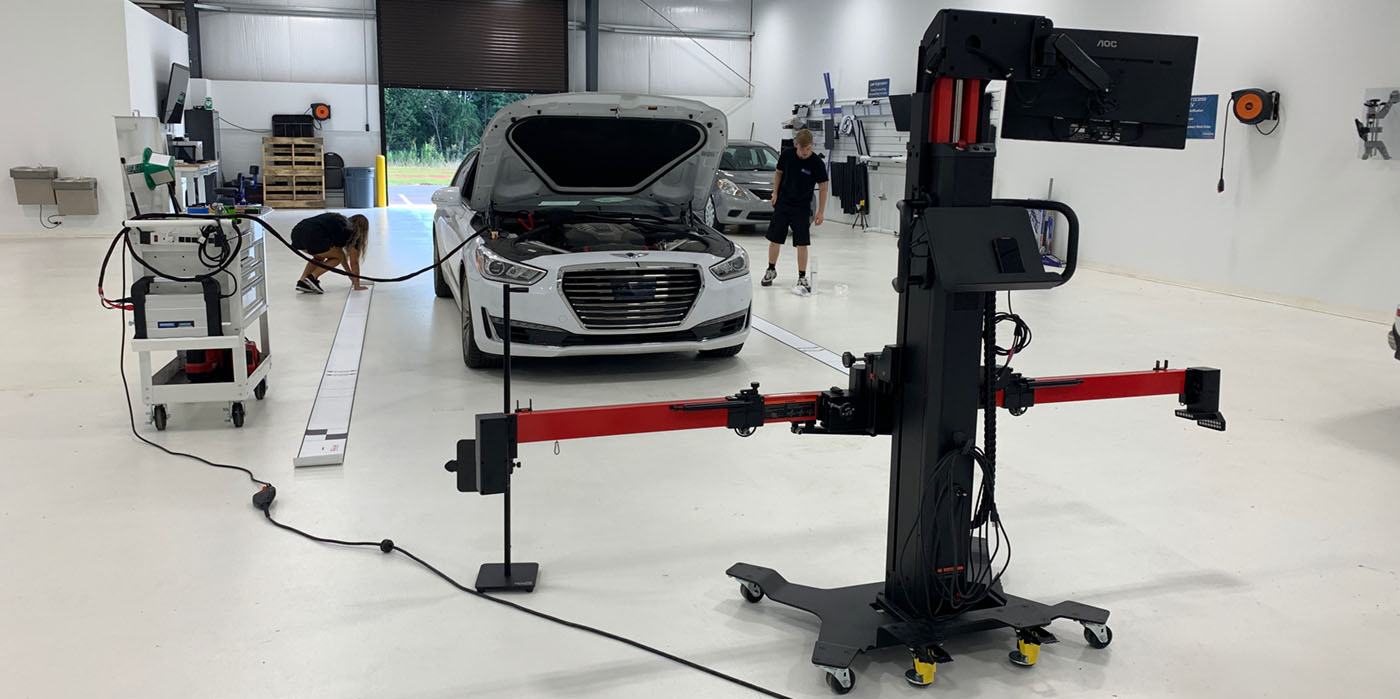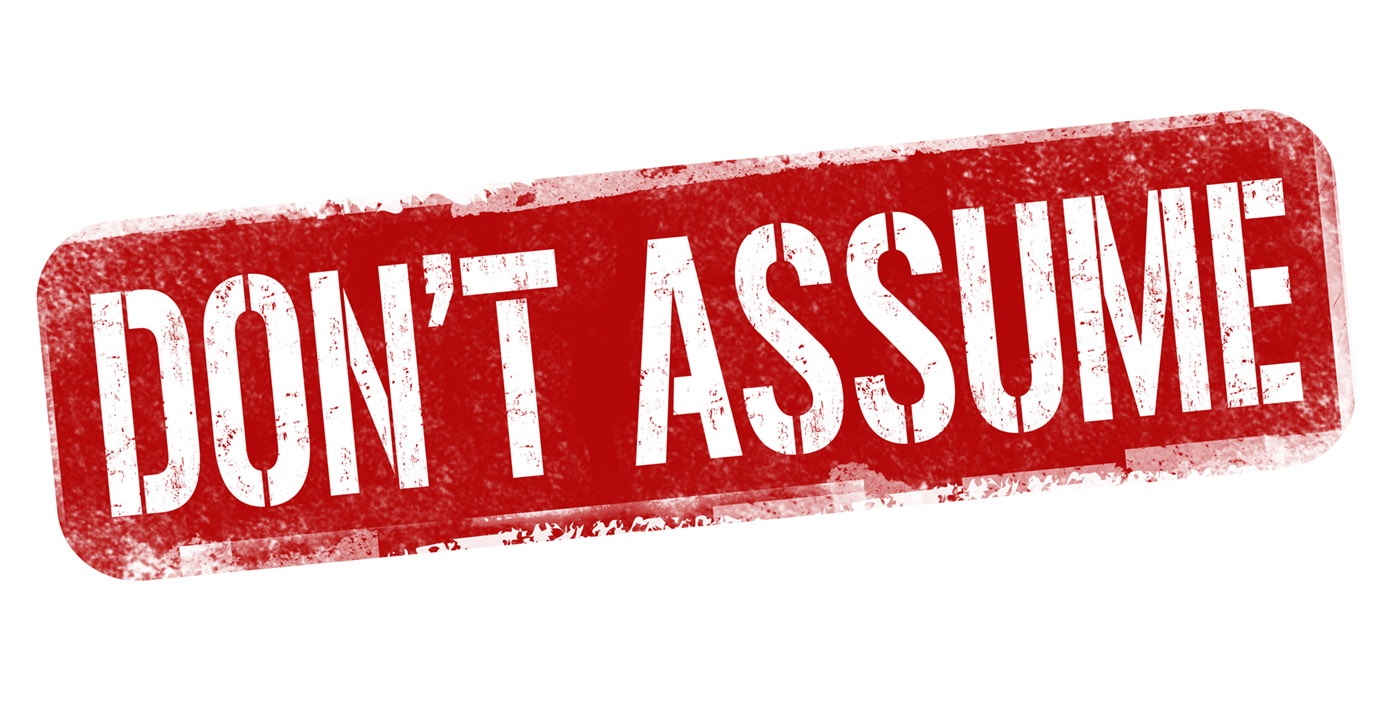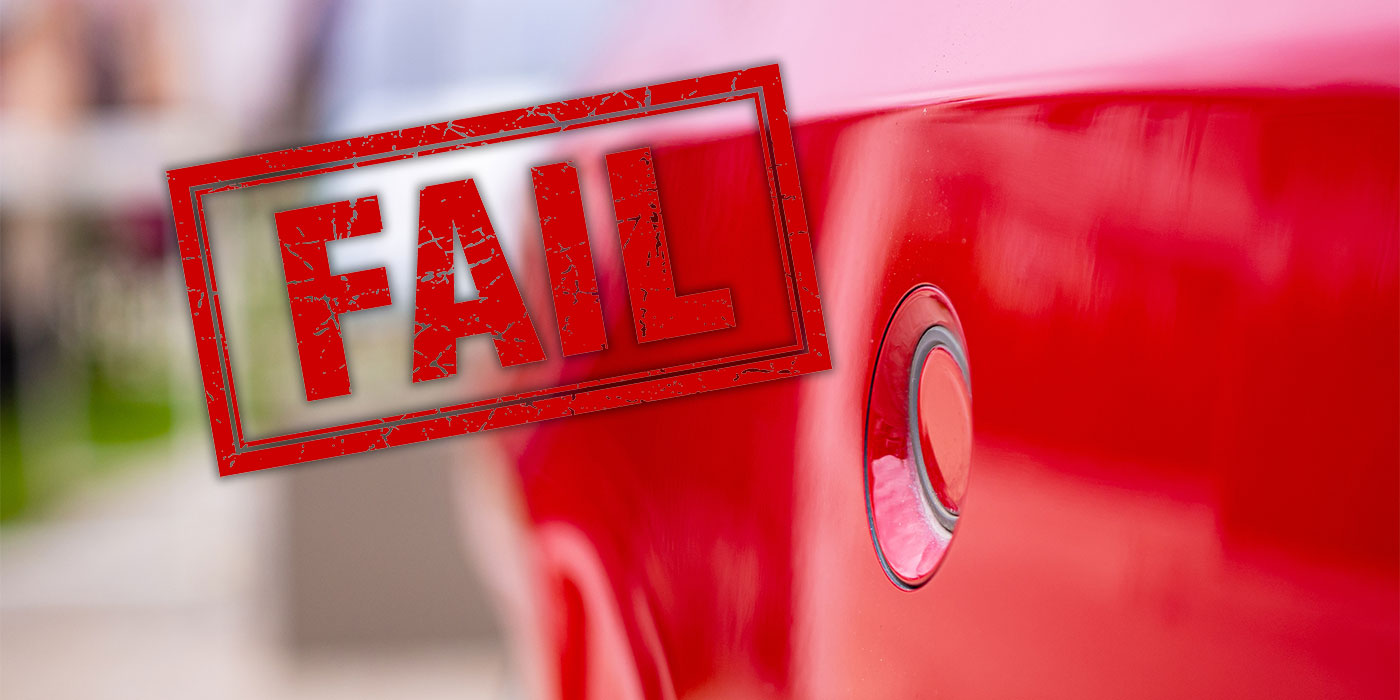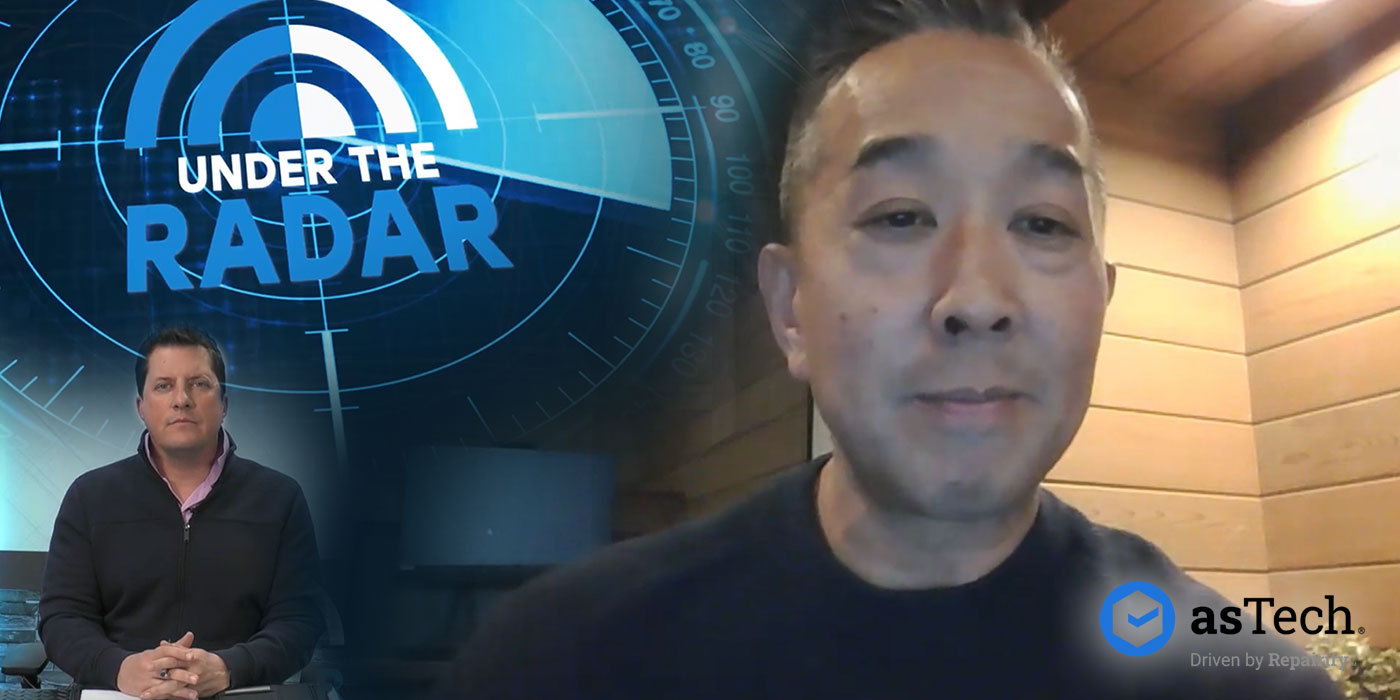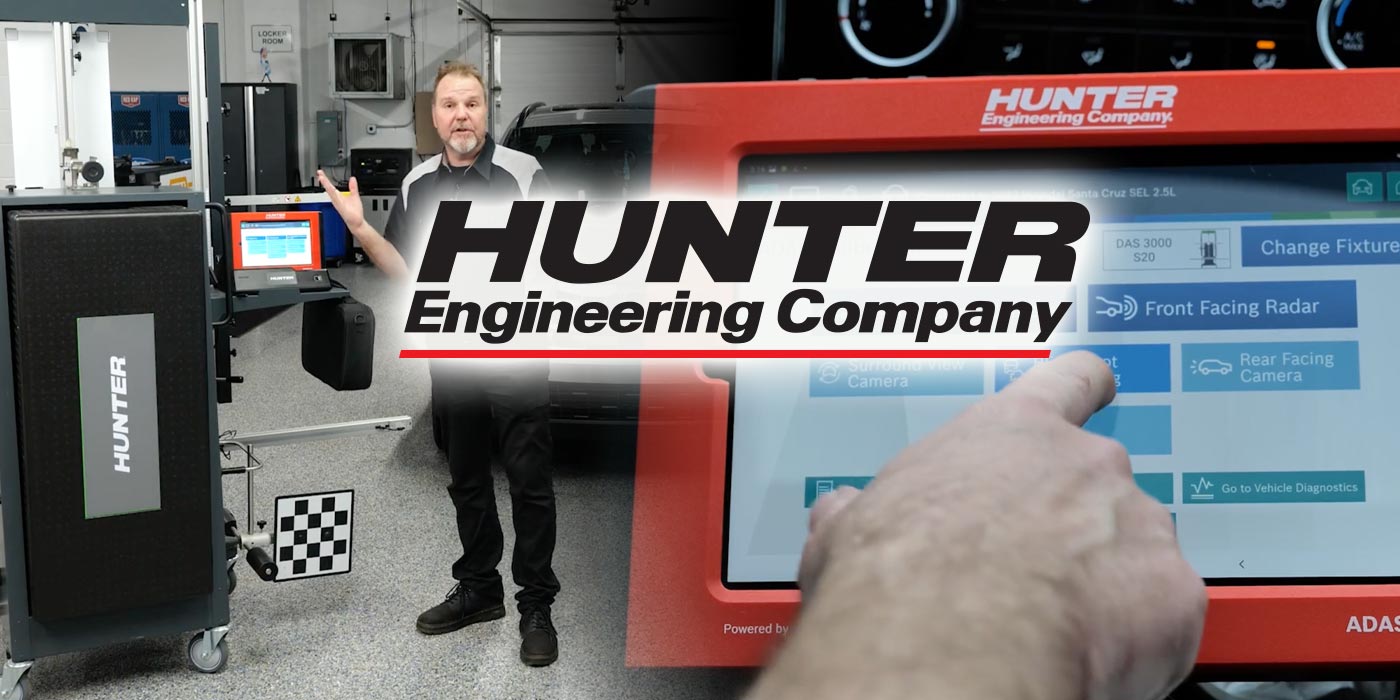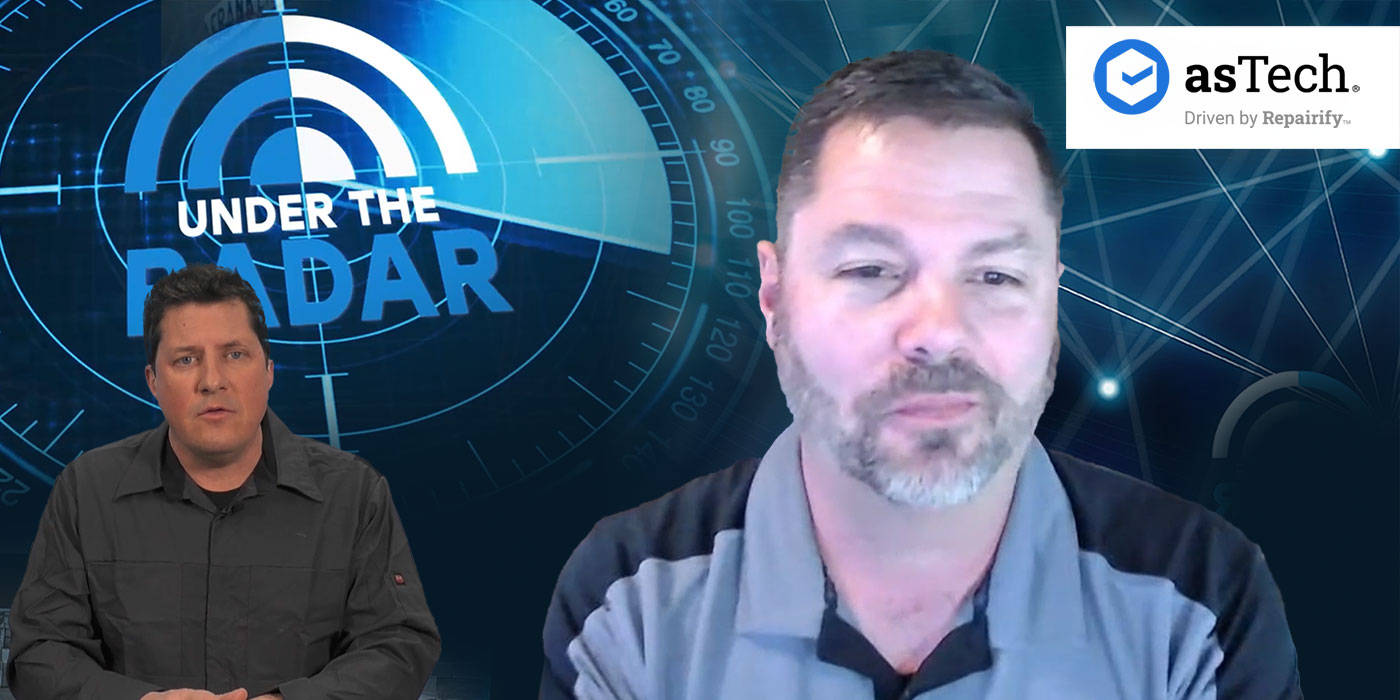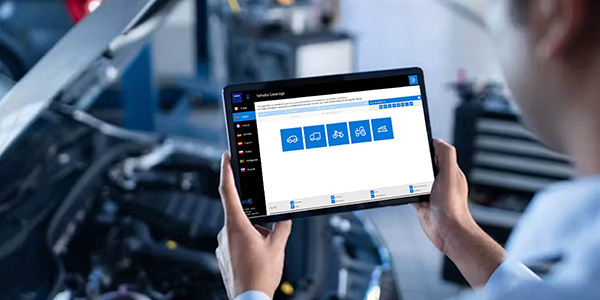The world is going through so much change right now. To get the information we need so we know what’s going on can be confusing at best: YouTube, Twitter, Facebook and a whole myriad of other sources. Then, we wonder, which source can we trust? I look at the news and find myself amazed at how twisted and misrepresented so many issues in our daily lives are. Many things in this crazy world have made us all jaded.
The same can be said of our world of automotive repair. Where do you get your information? How up-to-date is it? The reason I ask is that vehicle information is changing very quickly. Keeping up with that information is a critical piece in repairing a vehicle and billing correctly. Assuming anything can be a costly mistake for all of us. This does not just affect the repair industry but the insurance industry as well. I see shops out there spending enormous amounts of time researching repair procedures, such as sectioning, welding, corrosion protection and electronics. The instructions and guidelines are passed on to the technicians on how to complete the repair correctly.
I’m extremely happy to see shops investing the time and effort to do this. The return on investment on all this time, money and effort is a happy customer and quality reputation. Billing for this extra time needed, however, has proven difficult in many cases, as the amount of effort it takes to do the research has not been widely recognized.
There are also shops that assume repairs are being done correctly, because they assume the technicians all know what to do when repairing vehicles, including new vehicles that are designed differently. They’re not spending adequate time researching the correct repair procedures. Then there are the shops that just don’t care and/or do not have the resources to spend the time doing the research. It is the reality of business in our world.
Confusion
In a world of assumptions and information, I’m not sure why people are confused on scanning and calibration requirements and why incorrect assumptions are being made by many repairers. The information is out there for shops to follow: ALLDATA, OEM1Stop.com, etc. I can only speculate that the world of disinformation is clouding people’s judgement. We’ve all seen “University of YouTube” videos that have confused many managers and technicians. I watch them and think: Why would anyone viewing these videos not see that this is incorrect? Just because someone thinks the way he or she is doing a repair is correct does not make it true.
One assumption I keep seeing from shops is that if there are no codes in the post-repair scan, a calibration is not needed. There is a great deal of difference between a scan and a calibration: One gives you information, while the other gives you validation. Another point of contention is when and why they must be performed, and how “recommended” or “required” plays into the repair process needed. Let me just say: The only expert on the repair of the vehicle is the vehicle manufacturer. I do not want some shop or technician following bad advice or not thinking all the way through the repair process to be the next lawsuit that shakes the industry.
For some reason, the words “recommend” and “require” seem to confuse many people. I recommend you weld the car correctly. I require you weld the car correctly. I struggle with the fact that either way I look at it, I should weld the car correctly for the safety of the family and my shop’s liability. That is my opinion, and I know there’s a lot of discussion on the subject going on. In the world of electronics, the same thought process is: What would I follow to protect the family in the vehicle as well as others on the roadway? This also protects the livelihood of the shop owner’s family and technicians working there.
Common Sense
The recommendation or requirement to do a scan is common sense for any shop. With the complexity of electronics, you as a repair facility better know what is wrong or could be wrong in that vehicle. Whether the vehicle is brand new or has 100,000 miles, failure to know what’s in that scan can be an expensive headache when it comes time to repair the vehicle. The scan is going to give you the diagnostic trouble codes (DTCs) indicating what has been happening or what is happening inside the vehicle’s electrical system. The codes will lead you to where to look for conditions from the collision that need to be repaired and give you insight as to what preexisting issues the vehicle might have had prior to the collision.
Today’s electronics are so integrated and fused to other systems in the vehicle that something seemingly unrelated will actually impede the vehicle’s repair. The fusion of electronics, or what I call “codependency of systems,” has led to interesting challenges for shops and technicians in all aspects of repair. In the world of auto glass replacement, the pre-repair scans prior to windshield replacement have been noting failures in cameras attached to the advanced driver assistance system (ADAS) functions, which have required the replacement of the cameras to do calibrations. Without having the pre-repair scans to show DTCs prior to the replacement, the cost to replace these expensive cameras would fall on the shop, due to the thought process that they were damaged during repairs.
When used correctly, a pre-repair scan or post-repair scan report listing DTCs will tell us many things. From the DTCs and some good diagnostics, we’ll find:
- Communication errors and reasons
- Damaged modules
- Wire damage
- Connector damage
- Programming needs
- Preexisting damage
- Warranty issues
- Flood damage
- Corrosion issues
- Aftermarket accessories interference
Calibrations
Once we learn what will be necessary to repair the vehicle and list on the estimate, we may need to do some research on what calibrations will be required. Calibrations are used to either re-zero, relearn or validate that sensors in the vehicle are “seeing” correctly and seeing in the “zone” in which they’re supposed to be looking. It’s like using a scale — many assume that it is set at zero when you start. When you verify it is and see the scale is registering 10 pounds on the readout with no weight applied, you know it’s out of calibration.
Even though a scan will tell us a great deal about the electrical condition or problems in the vehicle, it’s not able to tell you that it’s out of calibration. But a calibration, when done correctly, will have a scan done prior to the calibration process to be sure all components are communicating and operating as a network. The calibration will then be performed followed by a “system verification, drive cycle” or other industry term that validates the systems are correctly working while driving. This will be followed by a post-repair scan to verify that no DTCs are reoccurring.
The calibration itself needs to be researched to find out what requirements or pre-qualifications must be done prior to that calibration. A series of targets are used and placed in specific locations in relationship to the vehicle and which sensor is being validated. It should also be noted what the original equipment (OE) requires as far as the location and surface the vehicle is resting on prior to the calibration process to be completed. Even slight angles and uneven surfaces may compromise calibrations. Some pre-requirements to note include:
- If needed, alignment must be done prior to calibration
- May require an alignment
- May require a full tank of gas
- Air pressure validation on tires
- Floor level
- Light conditions
- Surroundings
- Bumper cover removed
- Pre-alignment of brackets prior to reinstalling bumper cover or grille
- OE software
- Aftermarket accessories
Many people assume that as long as it calibrates successfully, it’s good to go, but that is not necessarily true. Recent testing has shown that a vehicle that calibrated successfully but to the wrong vehicle specs did not perform correctly in the ADAS testing. I cannot stress enough that the vehicle’s ADAS is relying on who is performing the calibration to know and verify exactly where those targets are being placed according to OE specs. There is a lot riding on these sensors to prevent catastrophes for all of us who share the roadway with these vehicles. A shortcut to any step could be disastrous to all involved.
Sometimes calibrations are not successful, due to all the items I mentioned before. Add to the equation that sometimes we see technicians trying to be resourceful. Here are some things I’ve seen recently:
- Brackets straightened instead of replaced
- Zip ties instead of bolts
- Sensors upside down
- Cameras not mounted correctly
- Plastic repair over sensors
- Multiple layers of paint
- Done in parking lots that don’t follow OE specs
- Lighting, shadows
- Obstacles
The list goes on and on. I’m sure anyone reading this can add to that list, because we’ve all seen our share of improvisation on many repairs. Some of the improvisations are due to racing the clock, not knowing what to do, assuming this can be done or the idea of “I’m not paid to do that.” We’ll see even more improvisations in our industry down the road.
Summary
The automotive industry is facing many challenges, from technician and office staff shortages to learning what will be needed to repair today’s vehicles to what is going to happen tomorrow. Therefore, the entire industry will need to do its research to adapt to this new world. But, I assume you already know that.

